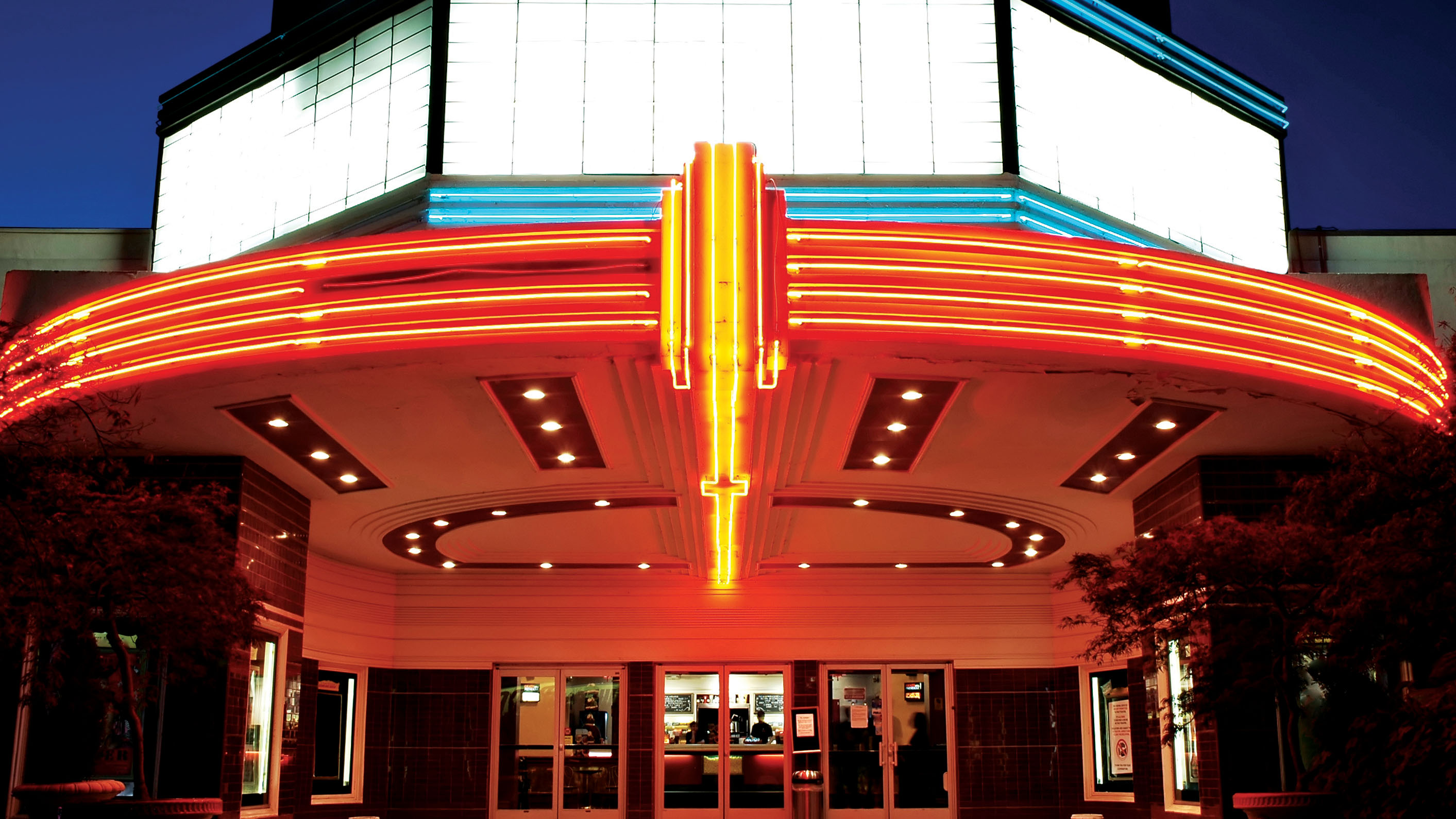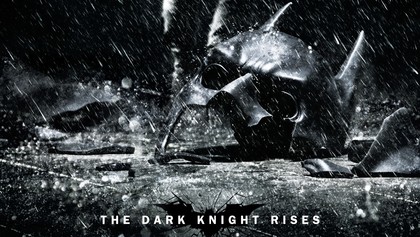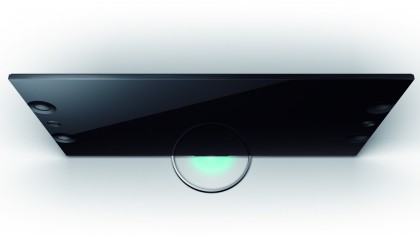Not even Star Wars can save film from the digital dark side
From Star Wars to digital wars

With JJ Abrams letting the cat out of the bag early about cast members for Star Wars: Episode VII - surely May the fourth would have been perfect for such an announcement? - the talk about Star Wars has begun and will not stop until it premieres December 2015.
One of the biggest talking points has been do far that the movie will be shot on 35mm film. Back in January Paramount announced it was going all digital. In the same week, Abrams revealed he would be shooting Star Wars: Episode VII on film – something that had been rumoured for some time.
This is the biggest indicator yet that the new Star Wars is an Abrams film, with marginal input from George Lucas.
Check out our Star Wars: The Force Awakens trailers, news and rumors
Lucas had been for many years the biggest advocate of digital. He was the first to shoot a major all-digital movie (Star Wars: Episode II – Attack of the Clones) and according to an interview back when the film was released in 2002, there was no going back to film for the series.
"There is so much misinformation being put out there by people who have interests other than the quality of film. They're determined to slow this down or stop it, but they can't. It just won't happen," he said to American Cinematographer.
"Digital is a much more malleable medium than film, by far; you can make it do whatever you want it to do, and you can design the technology to do whatever you want to do. This whole field is really going to ramp up in the next 10 or 20 years."
Get daily insight, inspiration and deals in your inbox
Sign up for breaking news, reviews, opinion, top tech deals, and more.
A good 10 years later and he is right: digital growth has exploded, despite his own franchise bucking this trend.
Digital only
Most major movie studios have been trying for years to transform their businesses to a digital-only one, ridding their budget sheets of expensive rolls of film and paving the way for a complete digital distribution solution - one which negates the need for sending expensive prints to movie theatres. To a company like Paramount, digital is a no-brainer as it is kinder on the purse strings.
Where technology used to be the biggest stumbling block for a studio to go 'all digital', though, today that is not the case – it is now the director who decides. Certain big-name helmers simply won't let go of film as a medium. It is not about the money (which is always a studio's first worry) but about the final creative product.
For them digital isn't aesthetically pleasing enough to truly represent their vision, whereas film with its 100-odd year legacy still offers the best way to make a movie.
Film is better looking
Christopher Nolan:
"It's cheaper to work on film, it's the technology that's been known and understood for a hundred years."
One of the most outspoken is Christopher Nolan, director of the Dark Knight trilogy. In an interview in 2012, he revealed to the Directors' Guild of America that he had felt pressure to move to digital but just couldn't see the creative benefits.
"I've felt increasing pressure to stop shooting film and start shooting video, but I've never understood why," he said.
"It's cheaper to work on film, it's far better looking, it's the technology that's been known and understood for a hundred years, and it's extremely reliable."

Digital can't stop, won't stop
George Lucas:
"Digital is a much more malleable medium than film."
To get more of an understanding of digital versus film, I spoke to Christopher Kenneally, the director of Side By Side – a Keanu Reeves fronted documentary that looks at the history of film and digital in cinema – who said that, ultimately, it was right for Abrams to choose film as it is a medium he is comfortable with.
"I'm not sure shooting Star Wars on film versus digital will be that different," he said.
"To me it makes sense for JJ and his team to use film if that is what they are most comfortable with. A movie with the budget of Star Wars has a lot of freedom and resources and can shoot on whatever medium and with whatever workflow they choose."
Kenneally also told me that, despite Star Wars going back to film, Lucas' efforts in digital wouldn't go to waste.
"Digital has come a long way since George Lucas worked with Sony to develop the HD camera that they used on Attack of the Clones. The quality of the digital image and ease of use have greatly improved over the past 10 years.
"Lucas should really be given a tremendous amount of credit for his vision and the risks he took in pushing digital technology forward in all aspects of movie making."

The endgame? Remove 35mm
David Hancock, director of film and cinema at Screen Digest, believes that Paramount's decision back in January was an inevitable one. But while film is still being used in the production of movies, when it comes to the projection side digital has been adopted by the majority of cinemas.
"It has been inevitable for some time as 35mm was a volume business, and as digital projection cut into the volumes used – at its peak in 2008/9, there was 1.2 million miles of film used a year for release prints worldwide, or the moon five times and back – the prices were going up which made using film prints very expensive."
According to Hancock, the global digitisation penetration rate for movie theatres is approaching 90%. This is a number would have been enough to convince Paramount to go fully digital.
"The end game is clearly to remove 35mm from the projection side of the business, and move to the much cheaper digital technology," said Hancock.

The question remains, though: does moving from 35mm to digital really matter to the viewer?
Well, with 4K one of the biggest talking points at CES (Netflix announced it is set to output in 4K this year) and Ultra HD televisions already on sale, we are at a quality turning point in the home – where cinema-like images are available in the living room.
4K is seen as the future of television and movies but it's worth noting that for many its 3840 x 2160 resolution is only just comparable to the picture quality 35mm celluloid offers.
And for others, it is still nowhere near – with many believing 6K or even 8K to be more in line with the maximum resolution of 35mm film stock.
This is the one part of the analogue vs digital debate that is going to run and run, and one of the biggest reasons that for archiving purposes 35mm is still used - digital reprints just don't match the absolute quality offered by film.
With this in mind, Abrams sticking with film for the time being makes a modicum of sense. But Paramount's push proves that not even the Force can stop cinema eventually changing completely to digital.
- Here's the 10 best 4K TVs in the world today
Marc Chacksfield is the Editor In Chief, Shortlist.com at DC Thomson. He started out life as a movie writer for numerous (now defunct) magazines and soon found himself online - editing a gaggle of gadget sites, including TechRadar, Digital Camera World and Tom's Guide UK. At Shortlist you'll find him mostly writing about movies and tech, so no change there then.
